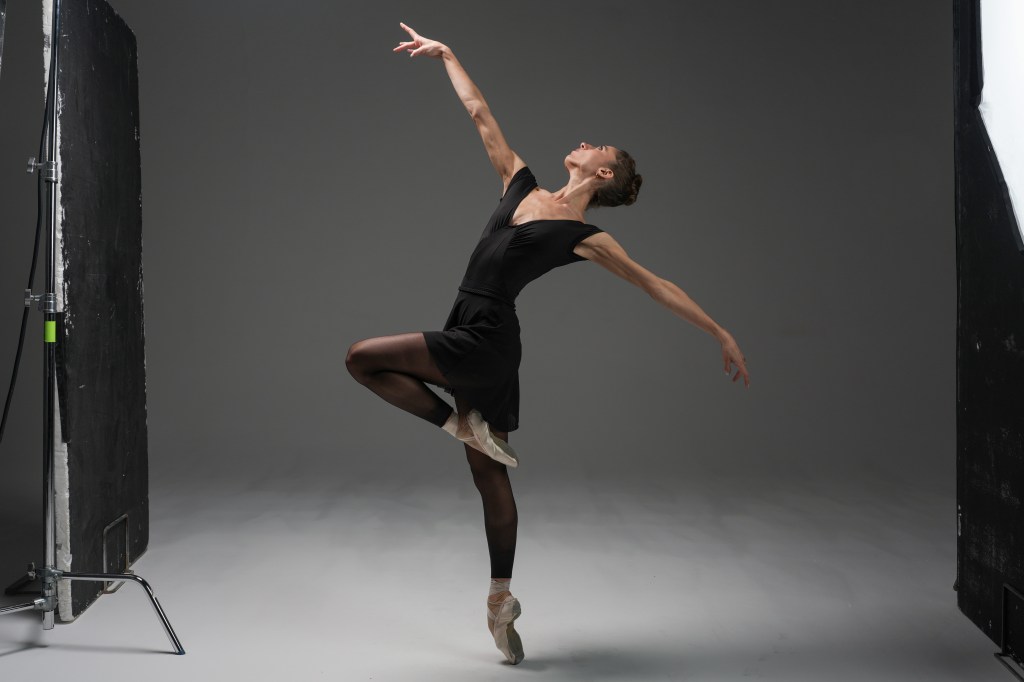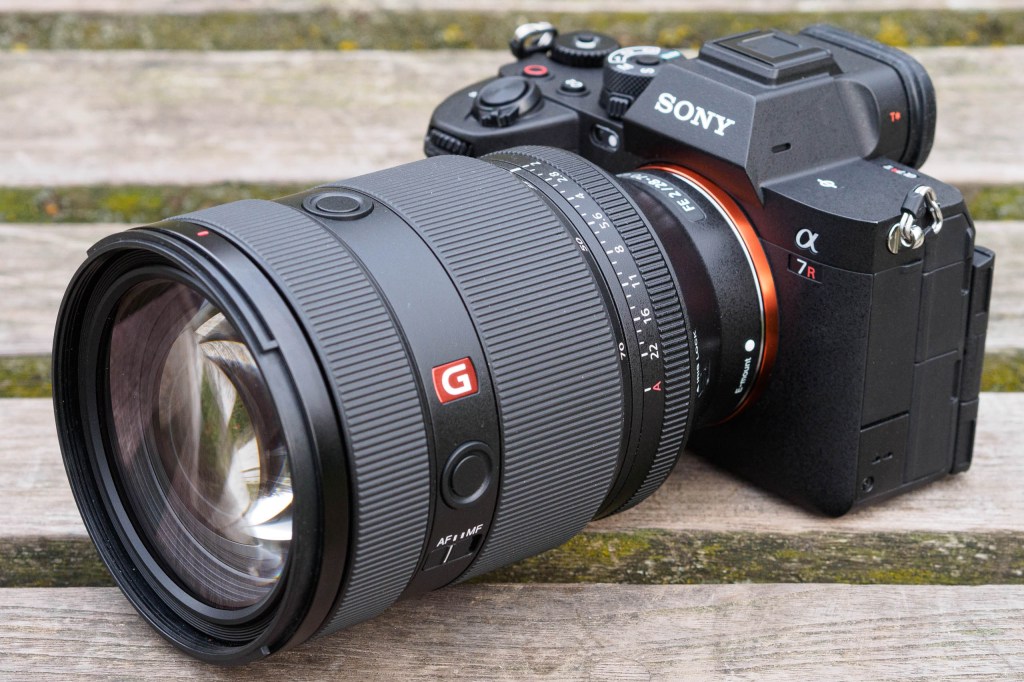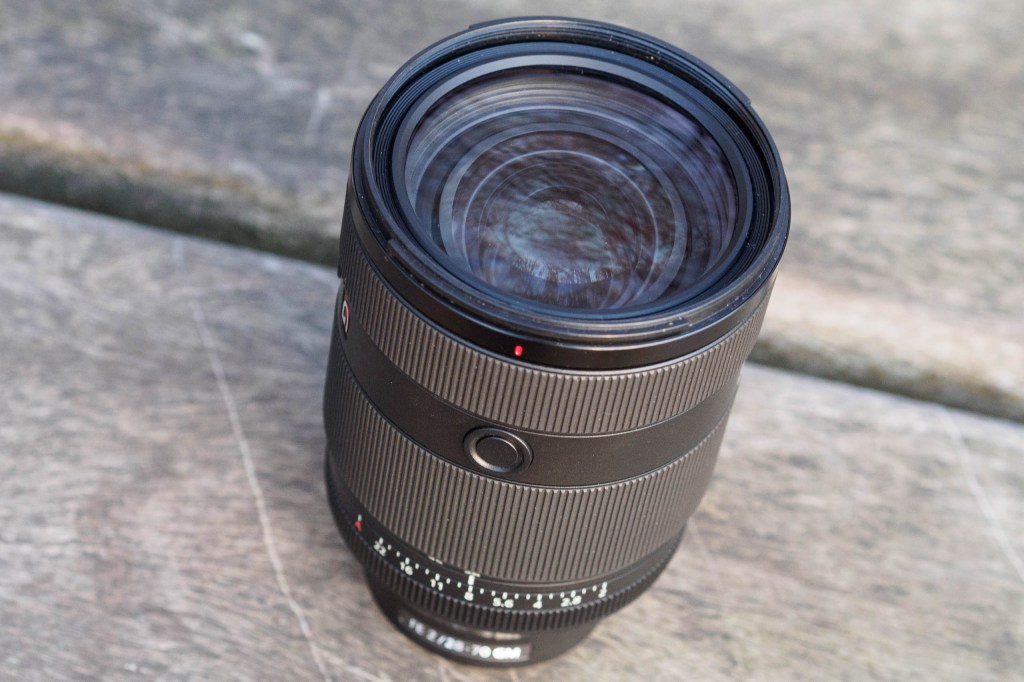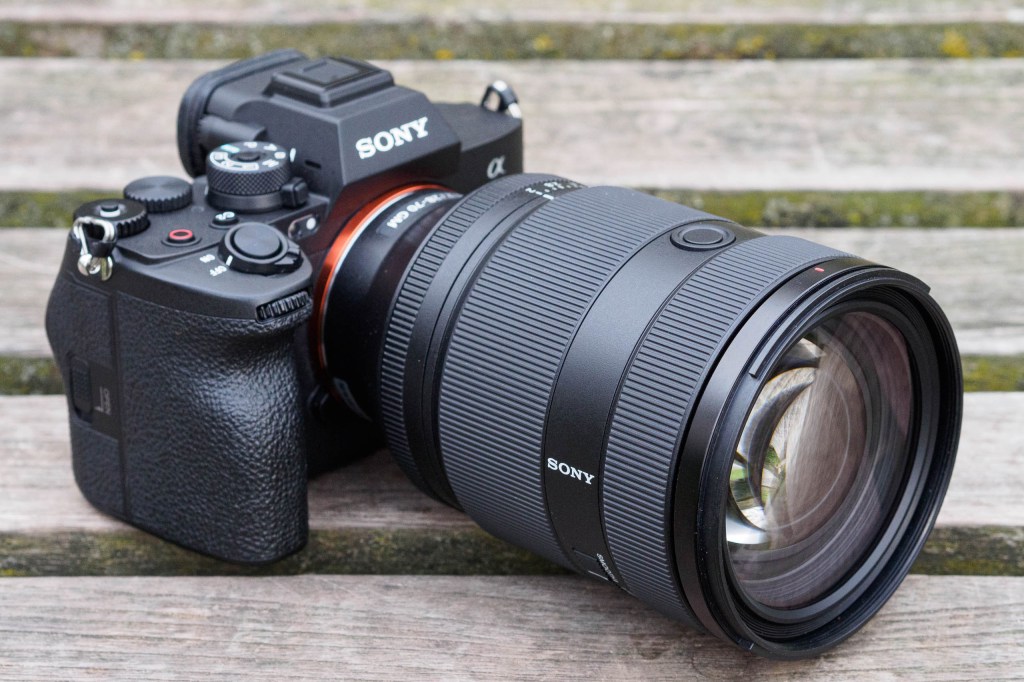Amateur Photographer verdict
The Sony FE 28-70mm F2 GM is pretty large and very expensive, but it’s an absolutely stunning optic that redefines what standard zooms can look like. It’s a great option for wedding and event shooters- Fantastic optical quality
- Relatively manageable size
- Fast, silent autofocus
- Comprehensive set of controls
- Slightly restricted zoom range
- Still quite large and heavy
- Extremely expensive
Ever since full-frame mirrorless became the dominant format for high-end cameras, there’s been an arms race between manufacturers to produce exotic large-aperture lenses that wouldn’t previously have been possible. The Sony FE 28-70mm F2 GM is a standard zoom that’s designed for photographers who shoot such things as weddings and events, and who want to use a larger aperture than f/2.8 without giving up the flexibility of a zoom. As part of the premium G Master range, it promises top-quality optics and pro-level handling, meaning it should be one of Sony’s very best lenses.
Sony FE 28-70mm F2 GM at a glance:
- $2699 / £3049
- Sony E-mount (full-frame)
- 86mm filter thread
- 38cm minimum focus
- 92.9mm x 139.8mm length; 918g
With a hefty price tag of $2900 / £3049, though, the FE 28-70mm F2 GM is anything but a casual purchase. It costs considerably more than the superb Sony FE 24-70mm F2.8 GM II, which until now was the firm’s benchmark standard zoom. And that ultra-large aperture comes with some real penalties, most notably a shorter wideangle end and significant extra bulk.
While this the largest aperture zoom Sony has ever made, it’s not the first of its type. Canon kicked things off with its RF 28-70mm F2 L USM back in 2018, while Sigma has gone faster still, with its 28-45mm F1.8 DG DN Art being the largest-aperture full-frame zoom ever made. Meanwhile for those who don’t mind a variable aperture, the Tamron 35-150mm F/2-2.8 Di III VXD and Samyang AF 35-150mm F2-2.8 FE offer an intriguing combination of brightness and extended zoom range.
While all these lenses offer interesting creative possibilities, they’re inevitably large and unwieldy, with focal-length ranges that don’t necessarily sit well within the conventional trio of wide, standard, and telephoto zooms. But the Sony FE 28-70mm F2 GM might just be different, with a relatively familiar-looking range and reasonable size. So is this the kind of halo product that mainly exists to make the overall system look good, or is it a genuinely practical lens?
Features
Optically, the Sony FE 28-70mm F2 GM employs a complex optical formula with 20 elements in 14 groups, including 3 Super ED, 1 ED, 3 Aspherical, and 3 XA (eXtreme Aspherical) elements. Together, these aim to suppress aberrations and give sharp images with no colour fringing, along with attractive bokeh. Nano AR II coating is on board to suppress flare and ghosting.
Four XD linear motors are required to move the lens’s large, heavy focus groups. Even so, the lens is designed to keep up with continuous autofocus while shooting stills or video at 120 frames per second. A floating focus system promises high close-up performance.
The minimum focus distance is 38cm over the entire zoom range, with a maximum magnification of 0.23x at the 70mm position. Focus breathing is suppressed optically, and the lens is also compatible with in-camera breathing suppression. Linear response MF is included for manual focusing.
Despite its ultra-large aperture, the lens accepts 86mm filters. It comes with a petal-type hood that features a locking button, and which reverses snugly when it’s not in use. The hood also has a neat sliding, captive door that allows polarisers to be rotated relatively easily.
Build and handling
Sony says that restricting the wide end to 28mm has helped keep the lens’s size manageable, at 93mm in diameter, 140mm in length, and 918g in weight. While that’s 223g heavier than the FE 24-70mm F2.8 GM II, remarkably it’s more than 500g lighter than Canon’s equivalent design. In context, plenty of 24-70mm f/2.8 zooms for DSLRs were larger and heavier than this.
There’s no getting around the fact that this is still a fairly hefty lens, but I was pleasantly surprised by how manageable I found it in reality. I mainly shot it on Sony’s Alpha 1 II and Alpha 7R V bodies, both of which have decently large handgrips, and found those combinations worked very well.
However, I also tried it on my old A7 II, which has a much smaller grip, and on which it felt distinctly front-heavy and unwieldy. Chances are it will feel equally unbalanced on Sony’s small A7C-series cameras, which employ a very similar grip.
As usual for the GM line, the barrel boasts dust and water-resistant construction, and there’s a fluorine coating on the front element to repel grease and water. The front extends on zooming, but not very far (about 15mm). This means the balance shouldn’t shift significantly for videographers using a gimbal.
In terms of controls, the lens includes everything we’ve come to expect on Sony’s latest designs. The broad zoom ring falls naturally to hand, and has two torque settings, which are set via a switch labelled Smooth and Tight. These settings turn out to be somewhat oddly named: ‘tight’ enables smooth, controlled zooming during video recording, while ‘smooth’ is ideal for quick and accurate composition for stills photography.

Closer to the camera, the aperture ring is marked in one-third stop steps from f/2 to f/22, with a further A position that transfers control to a dial on the camera. It can be switched between clicked operation for photography, and continuous adjustment for video.
The aperture ring can also be locked either into, or out of the A position using an Iris Lock switch. But the ring requires distinctly more force to go between f/22 and A anyway, so this isn’t even that necessary.
You get a pair of focus hold buttons, positioned for easy operation by your left thumb during horizontal and vertical shooting. Their function can be customised via the camera body, but not individually – they always do the same thing. A conventional AF/MF switch rounds off the control set.
Autofocus
You could be forgiven for assuming that autofocus speed might be an inevitable compromise with such a large-aperture zoom. But that’s not really the case here. Instead, autofocus is startlingly quick and essentially silent. Naturally, that generous opening means it continues to focus extremely well in low light. Videographers will be pleased to learn that breathing is minimal at all focal lengths.

In situations where you might prefer to use manual focus, this works extremely well too. As usual it’s electronically controlled, with the manual focus ring driving the focus motors, and rotating smoothly with no end stops. A basic focus scale in the viewfinder shows roughly where you are within the focus distance range, and Sony’s linear response MF provides a very intuitive feel for making precise adjustments.

Coupled with tools such as peaking and live-view magnification, this makes it easy to nail perfect focus. This can be really handy when you need perfect focus for close-ups, for example.
Performance
Ultimately, any exotic lens like the Sony FE 28-70mm F2 GM will stand or fall based on its optical performance. Nobody in their right mind is going to spend so much money if it doesn’t deliver top-notch results. Thankfully, though, buyers shouldn’t be be disappointed, as the image quality it delivers is extraordinary.

When it comes to detail resolution, the lens is incredibly sharp in the centre of the frame, even at f/2. This detail rendition is maintained well over a large proportion of the frame, right out to the edges.
The extreme corners are just fractionally – and I mean fractionally – softer when examined close-up onscreen, but that’s pretty much irrelevant, as shallow depth-of-field effects will usually far outweigh this. Naturally the corners sharpen right up on stopping down, and by f/5.6, images are bitingly sharp across the entire frame.

Diffraction starts to take the edge off pixel-level sharpness beyond f/11, but you’ll only really see this if you stare at your files closely on a computer. Often, the extra depth-of-field from closing the aperture right down will be far more important pictorially than any such softening, even at the smallest aperture of f/22.
This fantastic level of resolution means that, when used on cameras like the Sony A1 II or A7R V, you can crop in heavily and still get lots of detail. This makes it more versatile than you might at first think. The image below is a 6MP crop from a 50MP A1 II file, which gives a 200mm equivalent view.

As usual, Sony makes use of software compensation to remove distortion, colour fringing and corner darkening. But the lens is, in fact, extremely well-corrected optically, so this is essentially just a tidying-up process.
Turn off lens corrections and you’ll find there’s some curvilinear distortion, which starts off as barrel distortion at 28mm, goes through a neutral point somewhere around 45mm, and turns to pincushion distortion at 70mm. But it’s never very strong. It’s also easy to fix when necessary, even without using profiled corrections.

Chromatic aberration is notable by its almost complete absence. With this kind of lens, I’d usually expect to see some colour fringing in out-of-focus regions are large apertures. But in this case, I only even saw a hint when shooting extreme close-ups. Generally, it’s no problem at all.
Unsurprisingly, though, fairly strong corner darkening is visible at f/2 if you choose to disable shading compensation. But it diminishes on stopping down and pretty much goes away by f/4. Leave compensation turned on, and you don’t have to worry about it in either JPEG or raw files.

Of course, one of the main reasons to buy this lens is for shallow depth-of-field and subject-isolation effects. With its f/2 aperture, it’s capable of dissolving away backgrounds just that bit more than conventional f/2.8 zooms. Bokeh is generally very pleasant, too, even with relatively messy backgrounds that some lenses can struggle with.

If I’m being super-picky, occasionally a little structure can be visible in out-of-focus highlights. But it’s not something I’d personally worry about.
Sony FE 28-70mm F2 GM: Our Verdict
With the FE 28-70mm F2 GM, Sony has once again defied our assumptions about what’s possible in terms of lens design. A decade ago, we probably wouldn’t have believed that such a thing could even be made. When Canon’s arrived, we accepted that it would inevitably be huge and heavy. Now Sony has produced one that’s much smaller – and it’s brilliant.
In fact, I’m struggling to think of anything to criticise. The optics are exceptional, and size-wise it’s entirely practical on cameras like the A1 II and A7R V. Impressively, there’s no real penalty for the ultra-large aperture in terms of autofocus speed or accuracy. Sony has become such an accomplished lens maker that we almost expect it to deliver the extraordinary as a matter of course, but let’s be clear: this is a real achievement.

Of course, I’m not going to suggest this lens is for everyone – the price alone precludes that. Chances are that most photographers will stick with their 24-70mm f/2.8s instead. But for those who can afford it and are prepared to carry it around, it offers something just a little bit different and special.

Follow AP on Facebook, X, Instagram, YouTube and TikTok.
Sony FE 28-70mm F2 GM full specifications
| Price | $2900 / £3049 |
| Filter Diameter | 86mm |
| Lens Elements | 20 (3 Super ED, 1 ED, 3 ASPH, 3x XA) |
| Groups | 14 |
| Diaphragm blades | 11, curved |
| Aperture | f/2 – f/22 |
| Minimum focus | 0.38m (full range) (0.23x) |
| Length | 139.8mm |
| Diameter | 92.9mm |
| Weight | 918g |
| Lens Mount | Sony FE |
| Included accessories | Caps, hood |














